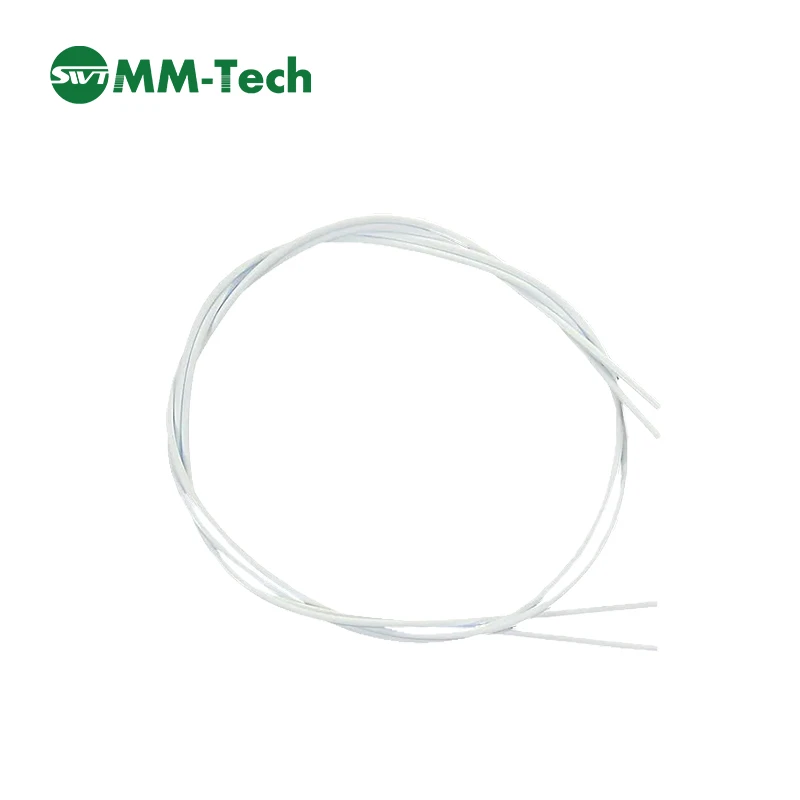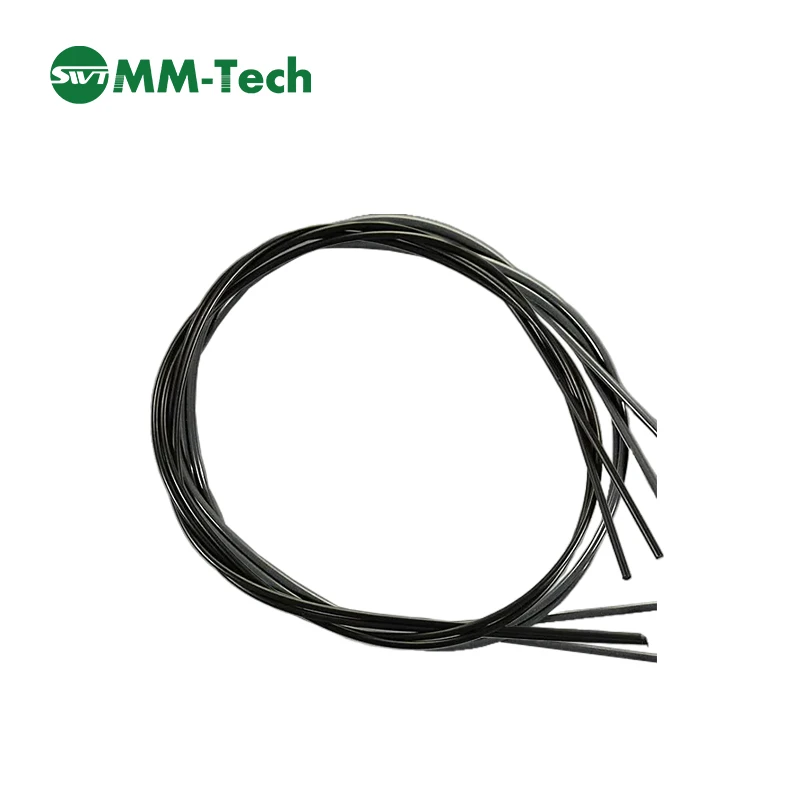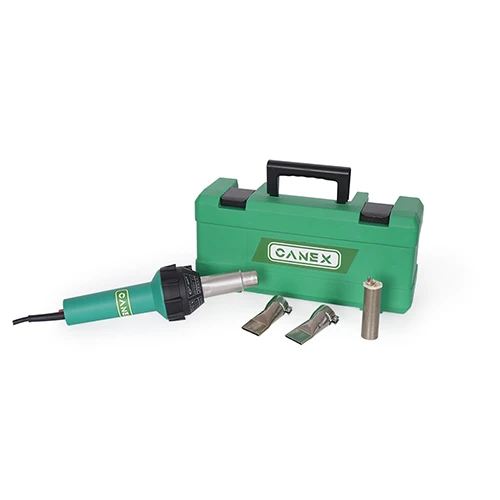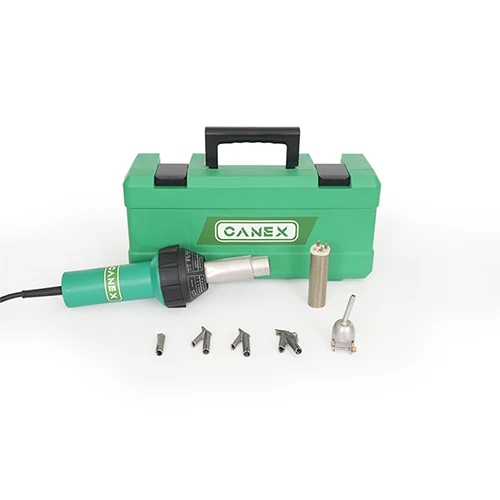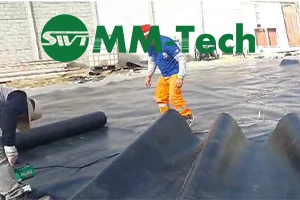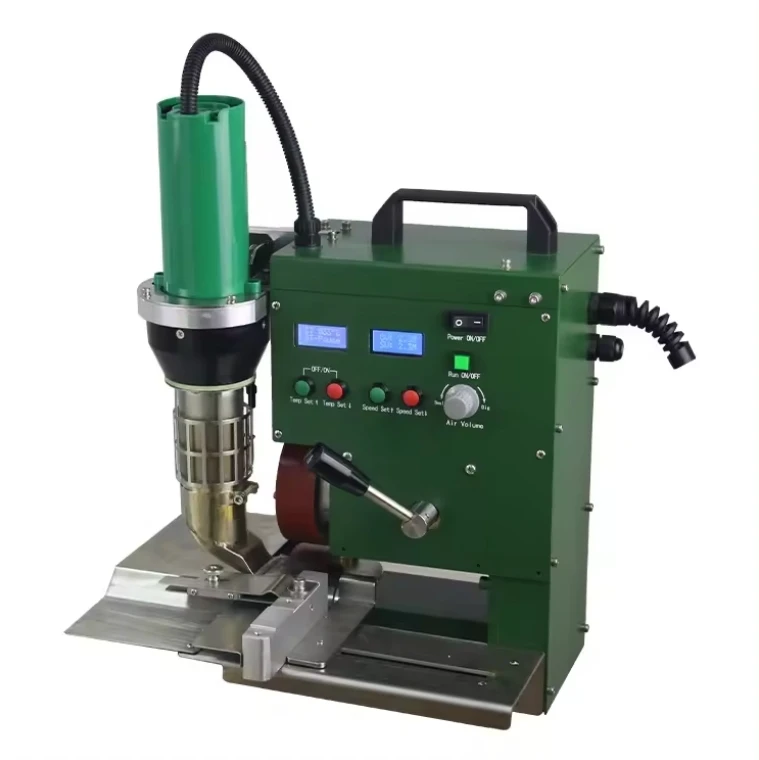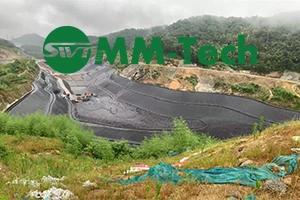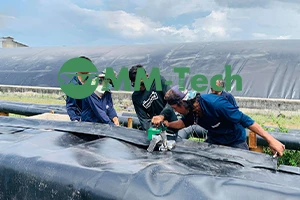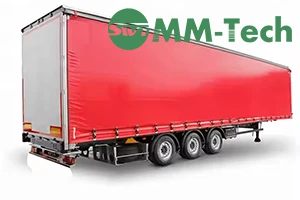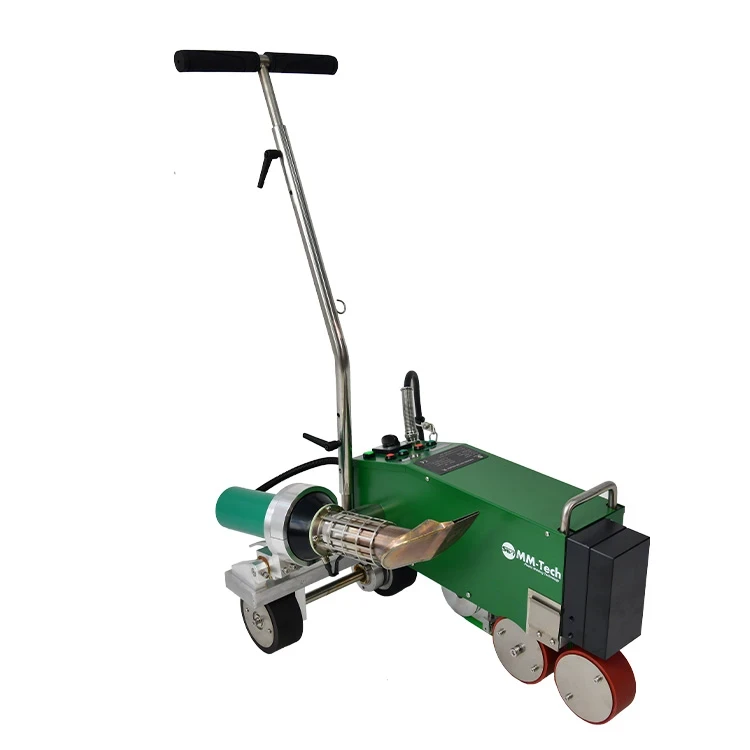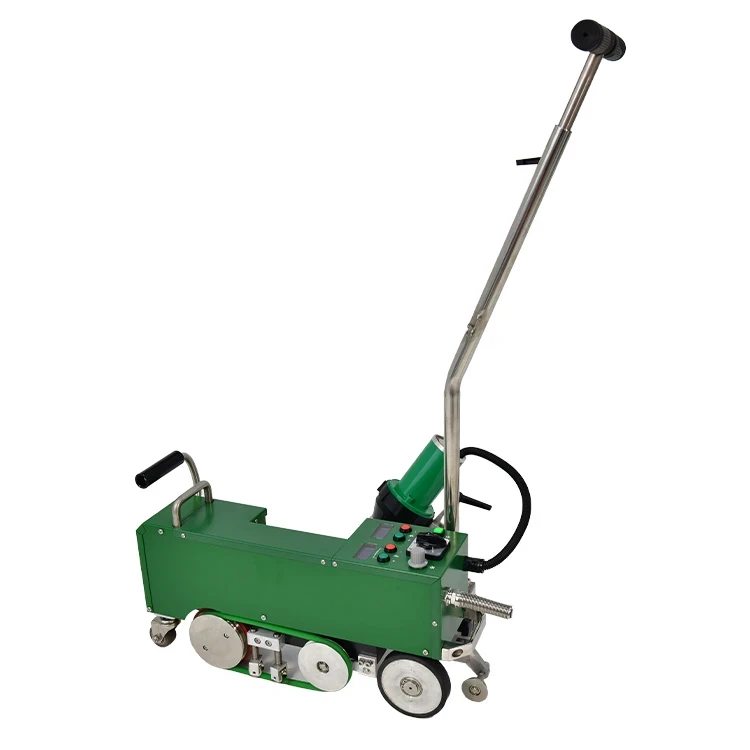-
 E-Mail: info@peweldingmachine.com
E-Mail: info@peweldingmachine.com
-
 +86-137 3974 5191
+86-137 3974 5191
-
 Hinzufügen:
Hinzufügen:Nr. 355, Youyi-Straße, Bezirk Qiaoxi, Shijiazhuang, Hebei, China.
How Do Hot Air Welders Enhance Plastic Welding Efficiency?
Jun . 04, 2025 16:37
In the realm of plastic fabrication and repair, specialized tools play a critical role in ensuring strong, durable bonds. Among these, devices like the Heißluftschweißgerät für Kunststoff, Kunststoff-Luftschweißgerät, heat welder for TPO, plastic heat gun, and TPO welding gun have revolutionized the way thermoplastic materials are joined. These tools leverage heat and airflow to melt and fuse plastics, making them indispensable in industries ranging from construction to automotive repair. This exploration delves into their functionalities, applications, and key considerations for optimal use.
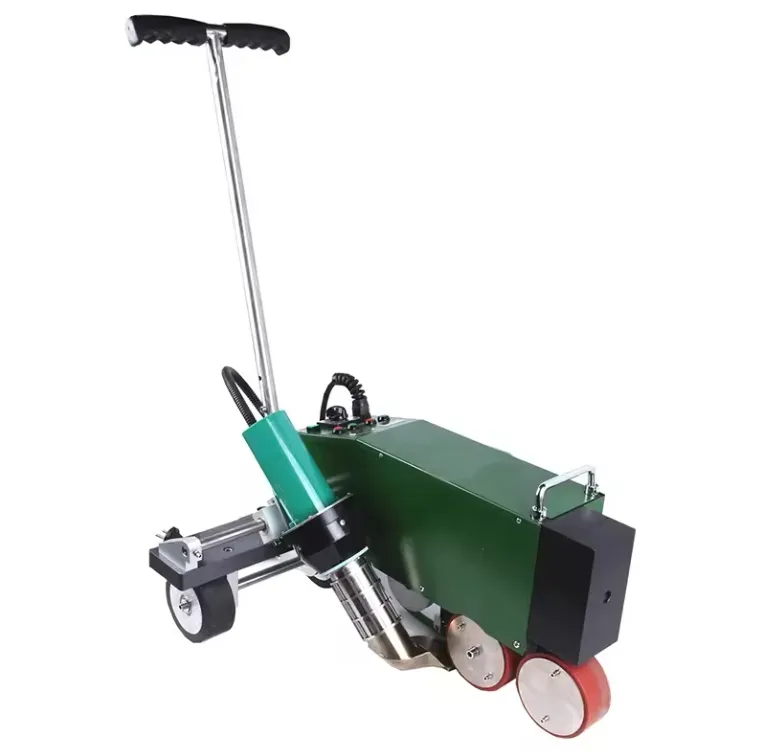
The Mechanics and Versatility of Hot Air Welder for Plastic
A Heißluftschweißgerät für Kunststoff is designed to deliver a controlled stream of hot air, melting both the plastic substrate and welding rod simultaneously. This tool is ideal for welding thick plastic sheets, pipes, and profiles. For instance, in industrial settings, it is used to fabricate large - scale plastic tanks or repair cracked plastic components in machinery. The adjustable temperature and airflow settings allow users to tailor the welding process to different plastic types, such as polyethylene (PE) or polypropylene (PP). By maintaining precise heat control, the Heißluftschweißgerät für Kunststoff ensures minimal distortion and a strong, airtight bond, making it a go - to solution for heavy - duty plastic welding tasks.
Applications of Plastic Air Welder in Diverse Sectors
The Kunststoff-Luftschweißgerät offers versatility across various industries. In the automotive sector, it is used to repair bumper covers, interior trim pieces, and underbody components made from thermoplastic materials. Its compact design allows technicians to access tight spaces, making it suitable for on - site repairs. In the construction industry, plastic air welders are employed to join plastic roofing membranes, gutter systems, and waterproofing materials. The tool’s ability to create seamless welds helps prevent leaks and extends the lifespan of these structures. Additionally, in DIY projects, hobbyists use plastic air welders to craft custom plastic parts or repair household items like storage containers or garden equipment.
Heat Welder for TPO: Specialized Solutions for Thermoplastic Olefins
Thermoplastic olefins (TPOs), commonly used in automotive exterior panels and roofing membranes, require specialized tools like the heat welder for TPO. These welders are calibrated to the specific melting point of TPO, ensuring proper fusion without damaging the material. For example, when repairing a TPO roof membrane, the heat welder for TPO evenly heats the material, allowing the membrane and welding tape to bond securely. The tool’s precision airflow nozzle prevents overheating, which can cause TPO to degrade or lose its flexibility. This makes the heat welder for TPO essential for maintaining the integrity of TPO - based products in both commercial and residential applications.
Plastic Heat Gun: A Versatile Tool for Precision Tasks
The plastic heat gun is a compact, handheld device that combines heat and airflow for delicate plastic welding and shaping tasks. It is widely used in model making, electronics, and small - scale repair work. For instance, in electronics manufacturing, plastic heat guns are used to shrink - wrap components or weld small plastic enclosures. The adjustable temperature settings allow users to work with sensitive materials, such as polyvinyl chloride (PVC) or acrylic, without causing burns or warping. Additionally, plastic heat guns are popular in the art and craft industry for creating sculptural pieces or manipulating plastic sheets into intricate shapes, showcasing their versatility beyond traditional welding applications.
TPO Welding Gun: Streamlining TPO Joining Processes
The TPO welding gun is a specialized tool designed explicitly for welding TPO materials. It features a contoured handle for ergonomic use and a concentrated heat nozzle to focus airflow on the welding area. In automotive repair shops, this gun is used to repair TPO bumpers, where precision is key to matching the original material’s texture and flexibility. The TPO welding gun often includes built - in temperature controls and safety features, such as automatic shut - off, to prevent overheating and ensure operator safety. By delivering consistent heat and airflow, it enables technicians to create strong, invisible welds that restore the functionality and appearance of TPO components.
FAQ: Optimizing Hot Air Welder Use
What factors should I consider when selecting a hot air welder for plastic?
Consider the type and thickness of the plastic material, the required welding speed, and the tool’s temperature range. For thick plastics or heavy - duty applications, opt for a Heißluftschweißgerät für Kunststoff with higher wattage and adjustable airflow. For delicate tasks like TPO repair, a heat welder for TPO or TPO welding gun with precise temperature control is essential. Always check the tool’s compatibility with the specific plastic type to avoid damage.
How do I maintain a plastic air welder for longevity?
Regularly clean the nozzle and airflow vents to remove plastic debris and ensure unobstructed airflow. Inspect the heating element for signs of wear or damage. Store the tool in a dry, cool place to prevent overheating of internal components. If the Kunststoff-Luftschweißgerät has a replaceable filter, clean or replace it according to the manufacturer’s instructions to maintain optimal performance.
Can a plastic heat gun be used for welding thick plastic sheets?
While a plastic heat gun is versatile, it may not generate enough heat or airflow for welding thick plastic sheets. For thicker materials, a Heißluftschweißgerät für Kunststoff with higher power and a larger nozzle is more suitable. The plastic heat gun is better suited for thin plastics, shrink - wrapping, or precision tasks where lower heat output is required.
What safety precautions should I take when using a TPO welding gun?
Wear heat - resistant gloves and safety glasses to protect against burns and flying debris. Work in a well - ventilated area to avoid inhaling plastic fumes. Keep the tool away from flammable materials and never leave it unattended when turned on. Ensure the TPO welding gun is properly grounded to prevent electrical shocks, especially when working in wet or humid environments.
How do I troubleshoot common issues like weak welds or material distortion?
Weak welds may result from insufficient heat or airflow. Increase the temperature or adjust the nozzle closer to the workpiece. Material distortion often occurs due to excessive heat; reduce the temperature or move the tool more quickly over the surface. Ensure the welding rod is compatible with the plastic material and that both surfaces are clean and free of contaminants before welding. Regularly calibrate the tool’s temperature settings to maintain accuracy.
Verwandte Produkte
Ähnliches Video
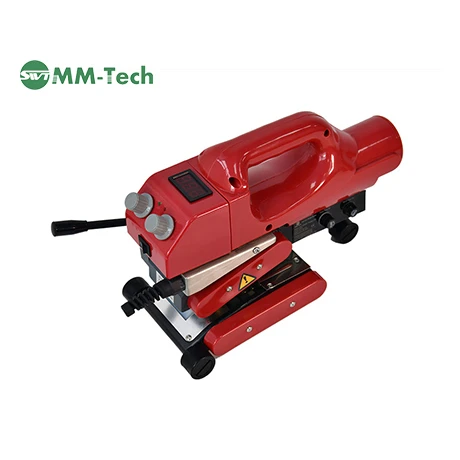

Geo-Heißkeilschweißgerät mit Digitalanzeige SWT NS800D – Bedienungsanleitung
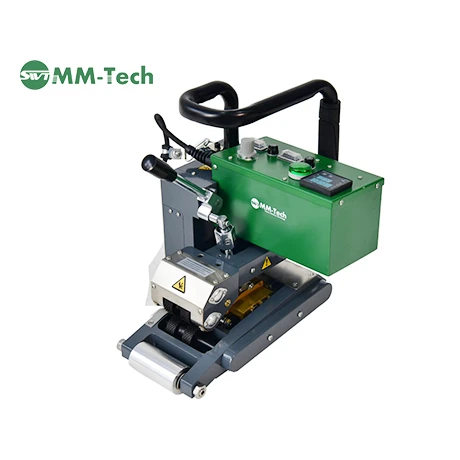

Hochleistungs-Geo-Heißkeilschweißgerät SWT-NS900 – Bedienungsanleitung
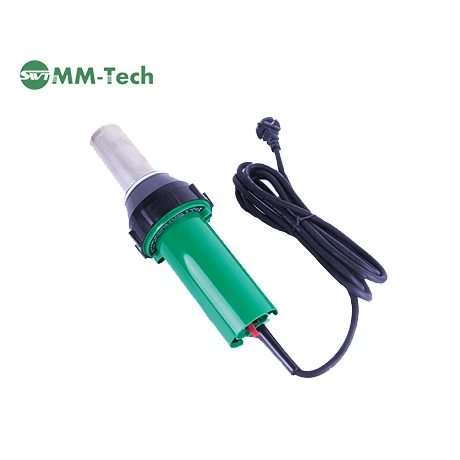

Leistungsstarkes professionelles Heißluftwerkzeug SWT-NS3400A – Bedienungsanleitung


Geo Hot Wedge Welder SWT NS800 Bedienungsanleitung
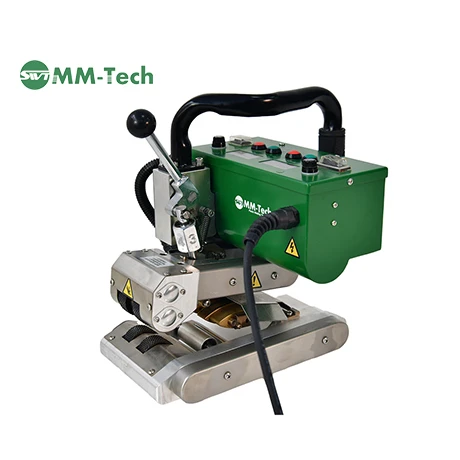

Kompakte HDPE-Heißkeilschweißmaschine SWT-NSGM1 Bedienungsanleitung
Weitere News zum Thema
NEWSLETTER ABONNIEREN
Dear customer, thank you for your attention! We provide high-quality machinery and equipment and look forward to your orders. Please inform us of your needs and we will respond quickly!









